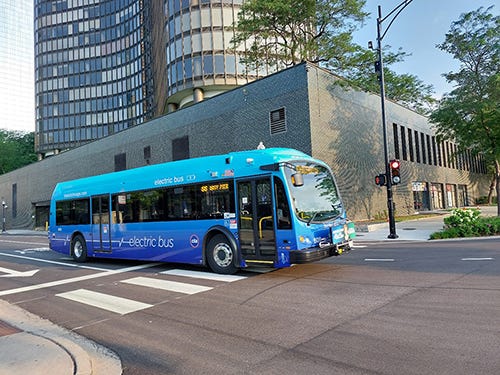Transition to Zero-Emission Buses Considered by Regional Public Transit Authority
WATA will evaluate replacing aging natural gas fleet with greener technology

Keep reading with a 7-day free trial
Subscribe to Williamsburg Independent to keep reading this post and get 7 days of free access to the full post archives.
